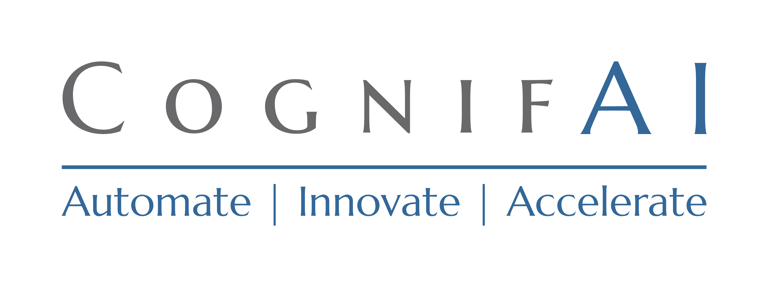
Framework for Agentic AI
Agentic AI marks the next evolution of enterprise automation—moving from static workflows to autonomous, decision-making digital agents.
1. Foundations for Agentic AI Implementation
Define Intent & Use Cases: Start with high-impact, low-complexity pilot use cases. Align on clear business goals and metrics for agentic AI initiatives.
Data Readiness: Build a robust data foundation—structured, real-time, contextual data is critical for agentic AI to make autonomous decisions.
Simplicity First: Begin with deterministic, rule-based AI agents before scaling to more complex, adaptive systems.
2. The Agentic AI Process/Framework
Seed-Grow-Scale Approach:
Seed (Ideation & Feasibility):
Pilot basic & control AI agents in isolated environments. Ask, “Can the agent safely deliver value?”
Grow (Incubation & Integration):
Nurture with enhance features like error-handling, logging, event-driven processing, and integration with current systems. Deploy in Production for monitoring real outcomes.
Scale (Scaling & Optimization):
Scale and multiply across organization and enable auto-scaling for dynamic tasks.Observability & Monitoring: Develop a comprehensive observability framework—track the agent’s reasoning, confidence levels, and decision pathways (not just logs). Contingency plans are essential for rollbacks and failure analysis.
Human-in-the-Loop: Include human oversight in high-stakes decisions, especially during early rollouts.
3. Areas to Watch & Key Challenges
AI Governance & Compliance: Implement strong AI governance, bias detection, explainability, and continuous risk assessment in alignment with regulations (EU AI Act, ISO).
Integration Complexity: Ensure agentic AI can interoperate with legacy systems, cloud apps, and data lakes. Invest in integration-ready infrastructure.
Security & Privacy: Prioritize robust authentication, least-privilege permissions, and separation of secrets. Monitor continuously for unauthorized actions or abnormal behaviours.
Change Management: Train teams to work alongside AI agents, update processes, and manage resistance to AI-driven transformation.
ROI & Value Realization: Set measurable KPIs before deployment, continuously track performance, and refine strategies if agents aren’t delivering clear business value.
Scaling & Maintenance: Start simple scaling prematurely, without clarity or mature observability, is a common cause of failure. Over 40% of agentic AI projects risk cancellation due to unclear value or insufficient measurement.
Ethical, Explainable AI: Agentic AI decisions must be traceable, fair, and explainable to business stakeholders and regulators.
Conclusion:
Agentic AI is transforming process, workflows and in turn organizations but demands a structured, phased implementation, strong data and governance foundations, and continual adaptation to regulatory, technical, and cultural shifts. Organizations that take a disciplined, observability-first approach—while staying vigilant to risks—will turn the promise of agentic AI into competitive advantage.
